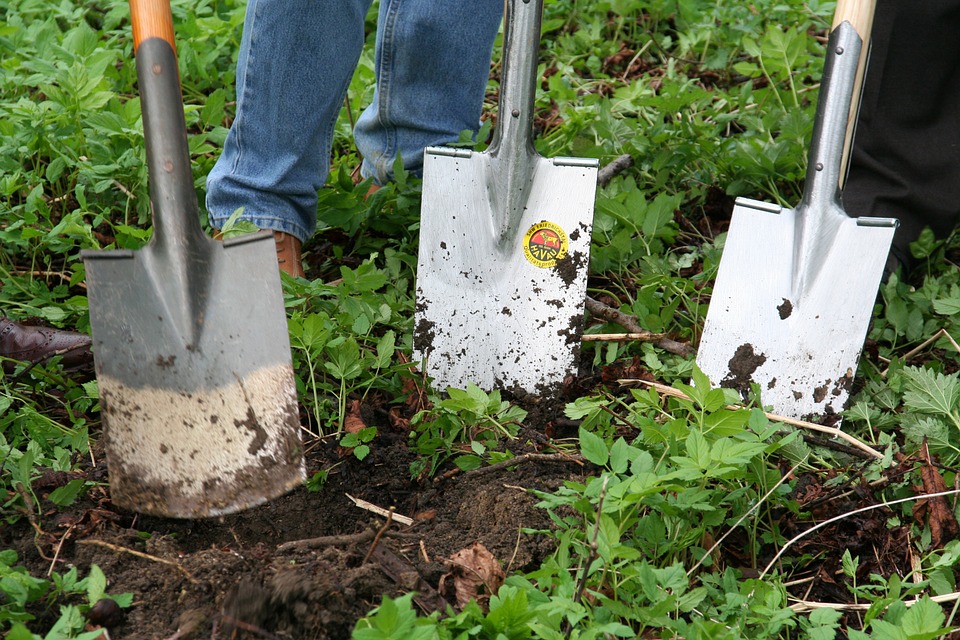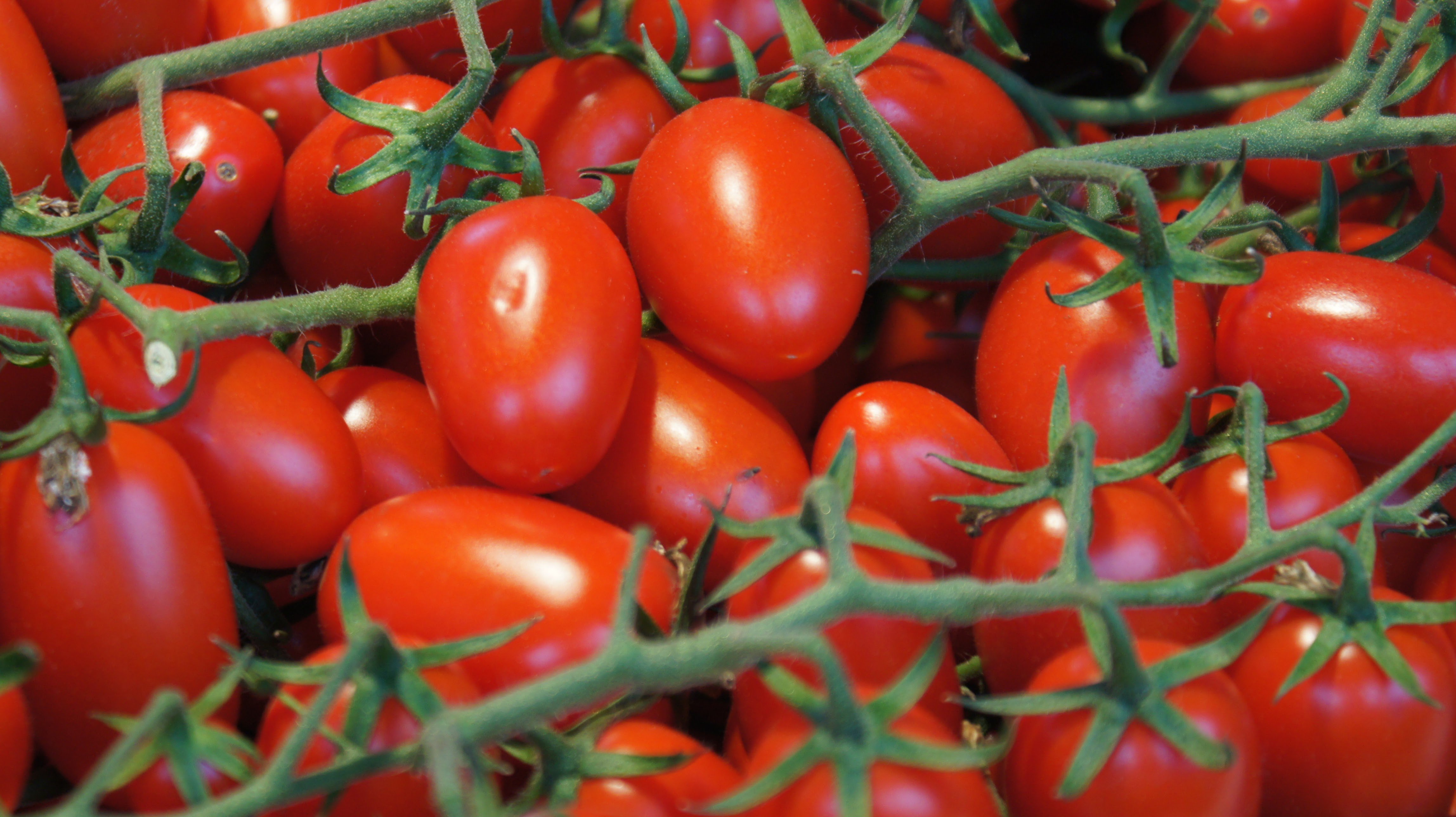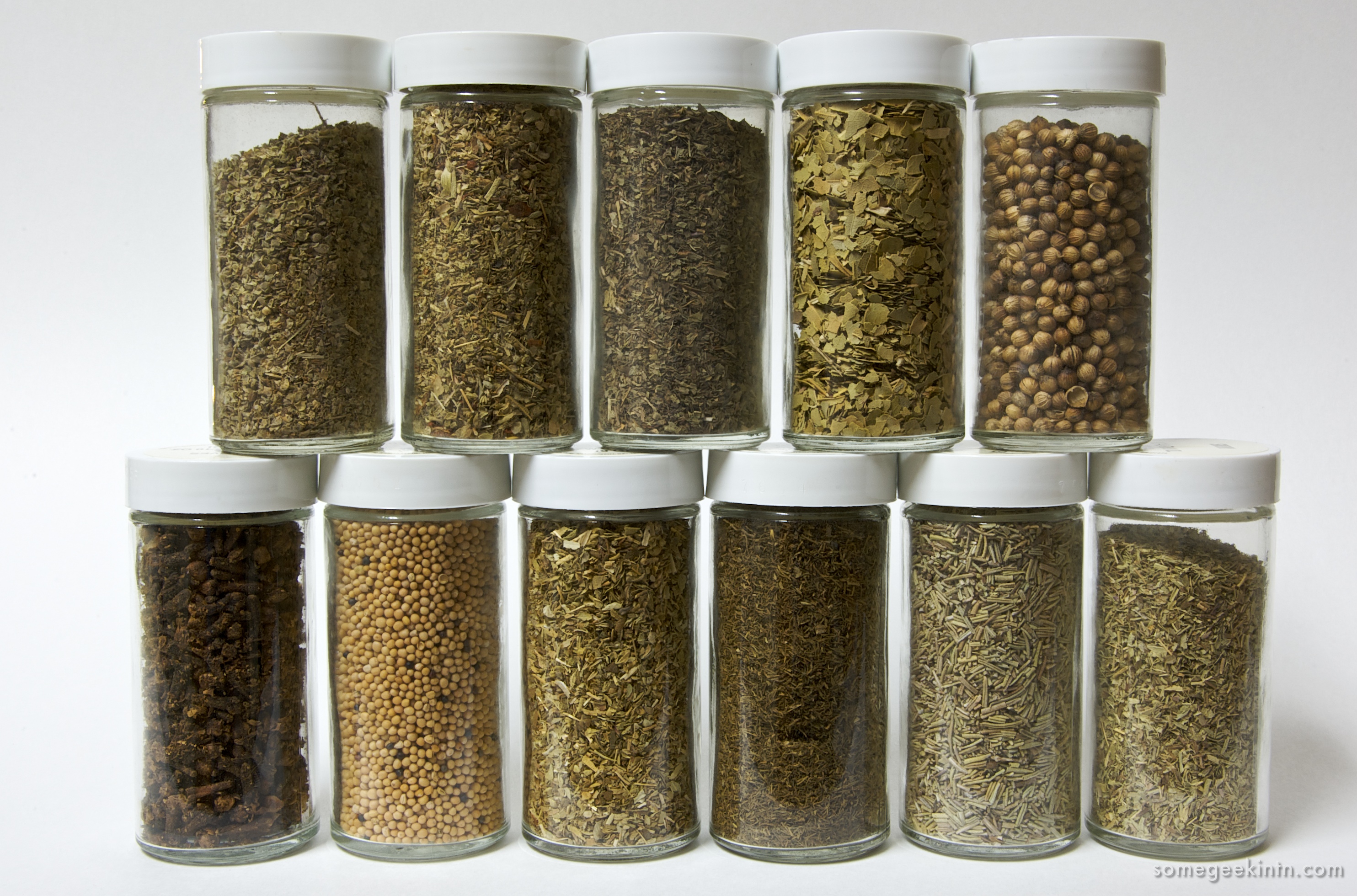by Lori Meszaros, Recent ASU Nutrition Communication student

Photo by Adam Harris of healthyhandyman.com
If you walked into a school lunchroom and saw children lining up for the salad bar, you’d probably wonder, “What are they putting in that salad bar to make those kids want to eat salad for lunch?”
Salad bars are starting to show up in school cafeterias, with no special ingredients to entice kids to eat salad for lunch, other than the school garden planted outside.
School gardens are sprouting up across the United States, Europe and Australia; From the Edible School Yard Project to Farm to School programs like Arizona Farm Bureau’s Agriculture in the Classroom, gardening is quickly becoming the mainstream focus on teaching our children about healthy food choices.
School Gardening

SONY DSC
Research supports, that if you teach children about gardening you’ll increase the likelihood that they’ll try new fruits and vegetables. For instance, a study published in the Journal of the American Dietetic Association found that middle school children who were exposed to gardening alongside a nutrition education course more than doubled the amount of fruits and vegetables they would try in a taste test, compared to those children who weren’t exposed to the gardening program. The study further demonstrated how gardening increases a child’s curiosity about where food comes from, encouraging healthier eating habits.
You’re probably thinking, that’s great news! School gardens may help my picky eater eat fruits and vegetables for lunch, but my school doesn’t have a gardening program. What can I do?
There is plenty you can do at home with your children to encourage healthy eating habits. Here are 5 tips to get you started.
Tips to encourage healthy eating habits at home
Tip #1- Start small, plant an herb garden.

You don’t need a big backyard to start a garden, you don’t even need a backyard. All you need is some soil, sun, water and a little patience. Herbs are a great way to start gardening with your child, and can be grown in your kitchen. Herbs require very little work, other than trimming once in a while, to add fresh flavor to your next dish.
Parsley, oregano and basil grow incredibly well in Arizona’s dry climate, and are used in so many dishes. Next time you get the urge to make home-made pizza, ask your child to cut some fresh oregano or basil, grown from your very own kitchen garden. You and your little chef will be amazed at the flavor fresh herbs add to your pizza. You may even find yourself making pizza more often (and try not to act surprised when they sample a leaf or two before bringing it to you).
Tip #2- Grow vegetables from kitchen scraps.

Why throw out scraps when you can regrow them. Ever find a potato or onion starting to sprout before you get a chance to use it?
Next time, instead of just throwing it away, why not ask your child if they think they can grow it into something to eat? They may look at you funny, but curiosity will win them over and before you know it, you’ll have your very own science lab in your kitchen.
There are lots of fruits and vegetables you use every day that can be regrown from the unused portion you usually throw away, and most can be grown in just a small amount of water.
Potatoes, celery and onions are just a few of the kitchen scraps you can easily grow with your child. Check out my list of 10 foods you can easily regrow from kitchen scraps.
Tip #3- Harvest your own seeds.

Play with your child’s curiosity about how things grow. Cut into a tomato and remove a few seeds from the center. Place the seeds on a wet paper towel inside a clear plastic cup, place the cup near a sunny window, but not in direct sunlight, and watch them sprout. Within a few days your child will see the seed start to break open, and a new little sprout pop out. Once the sprout is a few inches tall, gently remove the sprout and plant in a sunny location. You’ll have fresh tomatoes within the month and your picky eater trying tomatoes.
Tip #4- Enjoy a family outing to your local farmer’s market.

Farmer’s markets are a great place to teach your kids about where food comes from and Arizona is host to so many different markets. Farmers are extremely proud of what they grow, and kids are naturally curious. Who better to teach your kids about the food they eat then the person who grows it?
When you take your child to a farmer’s market, they get a chance to meet the farmers and learn about how their food was grown; not to mention tasting some of the samples they may normally pass on at home. Kids love samples, and farmer’s markets are a great place to try something new.
By making a family outing to your local farmer’s market a regular thing, instead of your usual trip to the local fast food joint, you can quickly help associate good, healthy food with happy memories of going to the farmer’s market.
Tip #5- Make food fun.

The internet has made finding fun ways to present food easier than ever. Think Pinterest. From “The Hungry Caterpillar” fruit sticks to “Butterfly” sandwiches, you can find tons of creative ways to present new foods that might just be the trick to get those picky little eaters to try something new.
Another trick, stick it on a stick.
One of the easiest things I did to get my kids to try new foods was, present it to them on a stick. Yep, it was that easy. You’d be amazed at what kids will try when they don’t have to use a knife and fork. I’ve even gone so far as making an entire meal that had to be eaten with toothpicks.
Research supports, kids who are exposed to healthy foods are more likely to make healthy choices as an adult, and isn’t that what we want for our kids?
Remember that October is National Farm to School Month and is the perfect time to visit one of Arizona’s many farmer’s markets, encouraging healthy eating habits that can last a lifetime.
What are some things you’ve tried to get your kids eating healthier? We’d love to hear your creative ideas to get your kids trying new, healthy foods. Go to our Fill Your Plate Facebook and post a comment.
Reference
Castro, DC., Samuels, M., & Harman, AE. Growing healthy kids: A community garden-based obesity prevention program. Am J Prev Med, 2013; 44(3):193-199.
McAlesse JD, Rankin LL. Garden-based nutrition education affects fruit and vegetable consumption in sixth-grade adolescents. J Am Diet Assoc, 2007; 107(4):662-665.
Photos: Pixabay, Creative Commons
Top photo: By Adam Harris of healthyhandyman.com

